Blog Details
News
The Kurdish Language and Literary Tradition
-
29/08/2024 15:13:23
The Kurdish language is part of the Irano-Aryan group of Indo-European languages and is related to Persian and Pashto. It is the language of more than 25 – 35 million Kurds who live in a vast mountainous area encompassing the borders of Turkey, Iran, Armenia, Syria, and Iraq.
 The Kurdish language is part of the Irano-Aryan group of Indo-European languages and is related to Persian and Pashto. It is the language of more than 25 – 35 million Kurds who live in a vast mountainous area encompassing the borders of Turkey, Iran, Armenia, Syria, and Iraq. Many Kurds also live in Europe, the US, Canada, and Australia. Although the Kurds make up the fourth-largest ethnic group in the Middle East, they have never had an official nation state.
The Kurdish language is part of the Irano-Aryan group of Indo-European languages and is related to Persian and Pashto. It is the language of more than 25 – 35 million Kurds who live in a vast mountainous area encompassing the borders of Turkey, Iran, Armenia, Syria, and Iraq. Many Kurds also live in Europe, the US, Canada, and Australia. Although the Kurds make up the fourth-largest ethnic group in the Middle East, they have never had an official nation state.
Kurdish Dialects
Kurdish is generally divided into three groups of dialects known as Northern Kurdish, or Kurmanji, Central Kurdish, or Sorani, and Southern Kurdish, called Palewani or Kirmashani. Additionally, several million Kurds speak a non-Kurdish Northwest Iranian group of Zaza-Gorani languages. Although this dialect is not classed as part of the Kurdish language, most of the Zaza-Gorani language speakers consider themselves to be ethnic Kurds, and the dialect is part of the Kurdish culture.
Northern Kurdish dialects are mostly spoken by Kurds in Turkey, Syria, and the countries of the former Soviet Union. Kurmanji in Turkey is written using the Latin alphabet, whereas Kurmanji spoken in Russia uses the Cyrillic alphabet.
The Sorani dialect is spoken by Kurds living in parts of Iraq and Iran. Less than a quarter of all Kurds speak this dialect but it has a very strong literary tradition because an educational system using the Sorani dialect was allowed to develop in Iraq. Sorani is written using an adapted Perso-Arabic script.
Southern Kurdish is spoken mainly in Iran and some parts of Iraq.
Kurdish Literature
Fantastic literary works have been written in all the dialects of Kurdish, as well as in Zazaki and Gorani. Kurdish writers and poets have also extensively written in Arabic, Persian and Turkish. Poetry and clever wordplay are greatly appreciated in Kurdish everyday life and culture, which is not surprising considering the strong oral literary tradition.
Not much is known about the pre-Islamic Kurdish literature. In 856 CE, Ibn Vakhshiye said in his book that he had seen at least thirty books written in Kurdish. The earliest known Kurdish female poet was Celale Xanima Loristani, who died in 935. After Islam became dominant among the Kurds, the classic age of Kurdish literature began in 13th century. Interestingly, each of the four dialects had its own classic literature peak.
Mem and Zin, a Kurdish classic love story, is a fine example of Kurdish literature. Based on real events, it was passed from generation to generation through oral storytelling, until the Kurdish poet and writer Ahmad Khani wrote it down in 1692. It is often compared to the story of Romeo and Juliet and has become symbolic for the Kurdish people, with the separated lovers Mem and Zin representing the Kurdish people’s separation from the Kurdish country (Kurdistan).
More recently, Kurdish literature has been experiencing a new peak, with Kurdish authors translated into other languages, including English. Bakhtiyar Ali’s 2008 novel I Stared at the Night of the City was the first Sorani Kurdish novel translated into English.
By Maia Nikitina





